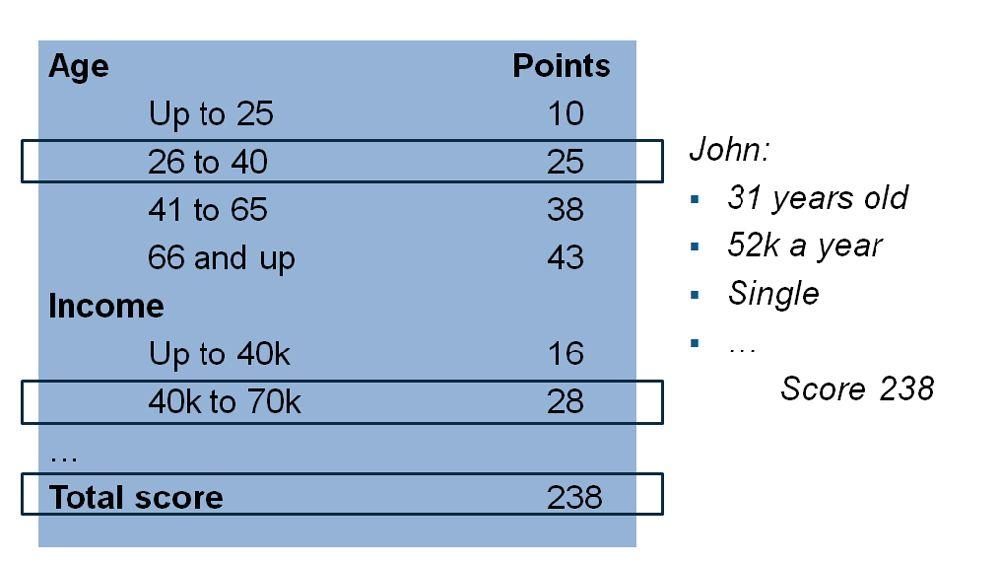In the bustling corridors of modern commerce, where every decision can tip the scales between success and setback, there lurks an often underestimated adversary: fraud. Like a shadow in the night, it moves quietly, yet its impact can be seismic, threatening to undermine the very foundations of your business operations. As companies strive to innovate and expand, the question arises: can you truly afford to ignore the specter of fraud that haunts your enterprise? In this era of digital transformation and global connectivity, the stakes have never been higher. Join us as we delve into the hidden costs of complacency, the silent erosion of trust, and the strategic imperatives that demand your immediate attention. This is not just a matter of safeguarding assets; it is a call to arms for every business leader committed to preserving the integrity and future of their organization.
The Hidden Costs of Complacency in Fraud Prevention
In the ever-evolving landscape of business, complacency in fraud prevention can be a silent killer. It’s easy to assume that existing measures are sufficient, but the reality is that fraudsters are becoming more sophisticated by the day. The hidden costs of ignoring this threat can be staggering and multifaceted. Consider the following:
- Financial Losses: Direct theft or embezzlement can drain your resources, but the ripple effects—such as increased insurance premiums and potential legal fees—can be just as damaging.
- Reputational Damage: Once trust is compromised, rebuilding it is a costly and time-consuming endeavor. Customers and partners may think twice before engaging with a business that has been tainted by fraud.
- Operational Disruption: Fraud investigations can lead to significant downtime, diverting attention and resources away from core business activities.
- Regulatory Consequences: Non-compliance with anti-fraud regulations can result in hefty fines and sanctions, further straining your financial and operational capacity.
By underestimating these hidden costs, businesses risk not only their bottom line but their very survival. It is imperative to remain vigilant and proactive in fortifying defenses against fraud.
Unmasking the Vulnerabilities: A Deep Dive into Business Fraud Risks
In the complex web of modern business operations, fraud lurks as a silent predator, ready to exploit any weaknesses. Businesses, both large and small, are increasingly vulnerable to fraudulent activities that can cripple operations and tarnish reputations. Understanding the multifaceted nature of these risks is crucial. Fraud doesn’t discriminate; it can manifest in various forms, from financial statement fraud and asset misappropriation to cyber fraud and identity theft. Each type of fraud has its unique characteristics and potential impact, demanding a tailored approach to detection and prevention.
- Financial Statement Fraud: Manipulating financial records to present a false image of financial health.
- Asset Misappropriation: Stealing or misusing an organization’s resources, often the most common form of fraud.
- Cyber Fraud: Exploiting digital vulnerabilities to gain unauthorized access to sensitive information.
- Identity Theft: Using someone else’s identity to commit fraudulent acts, often leading to severe reputational damage.
Ignoring these threats is not an option. Businesses must adopt a proactive stance, employing robust internal controls, continuous monitoring, and employee training to safeguard against these ever-evolving threats. The cost of complacency is far greater than the investment in fraud prevention strategies. Are you prepared to shield your business from these lurking dangers?
Strategic Defense: Building a Robust Anti-Fraud Framework
In the ever-evolving landscape of business, safeguarding your operations against fraud is not just a necessity but a strategic imperative. Establishing a comprehensive anti-fraud framework is crucial to protect your assets, reputation, and customer trust. This framework should be built on a foundation of robust policies and procedures, ensuring that every aspect of your operations is fortified against potential threats.
- Risk Assessment: Regularly evaluate your business processes to identify vulnerabilities.
- Employee Training: Equip your team with the knowledge to recognize and report suspicious activities.
- Technology Integration: Leverage advanced analytics and AI to detect anomalies in real-time.
- Continuous Monitoring: Implement systems that provide ongoing surveillance of transactions and operations.
By prioritizing these elements, you not only deter fraudulent activities but also position your business as a trustworthy leader in your industry. Remember, the cost of prevention is far less than the potential losses incurred from unchecked fraud.
Investing in Vigilance: Essential Tools and Techniques for Fraud Detection
In the rapidly evolving landscape of business operations, vigilance is not just a virtue—it’s a necessity. The tools and techniques for fraud detection have become indispensable allies in safeguarding your business’s integrity and financial health. Advanced analytics and machine learning algorithms are at the forefront, enabling businesses to sift through vast amounts of data to identify anomalies and suspicious patterns. These technologies are complemented by real-time monitoring systems that provide instant alerts, allowing for swift action to prevent potential fraud from escalating.
In addition to technological solutions, businesses must also invest in comprehensive employee training programs. Educating your team on the latest fraud schemes and the importance of internal controls fosters a culture of awareness and accountability. Implementing multi-layered authentication processes and regular audits further fortifies your defenses. By integrating these essential tools and techniques, businesses not only protect themselves from financial loss but also reinforce trust with their stakeholders, ensuring a resilient and secure operational environment.





